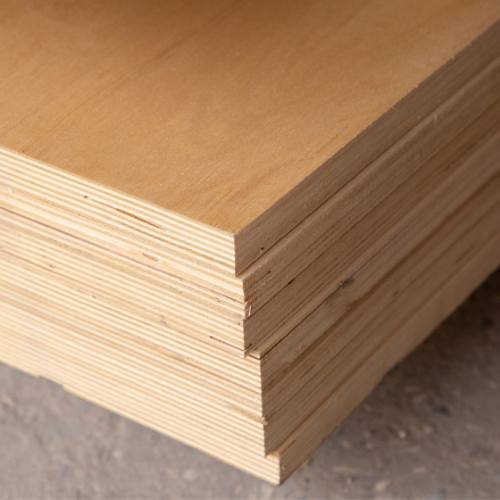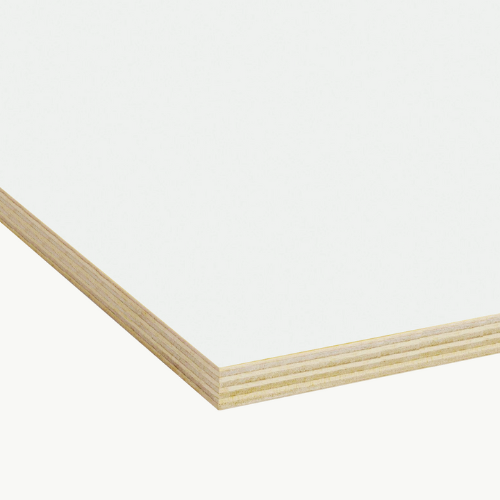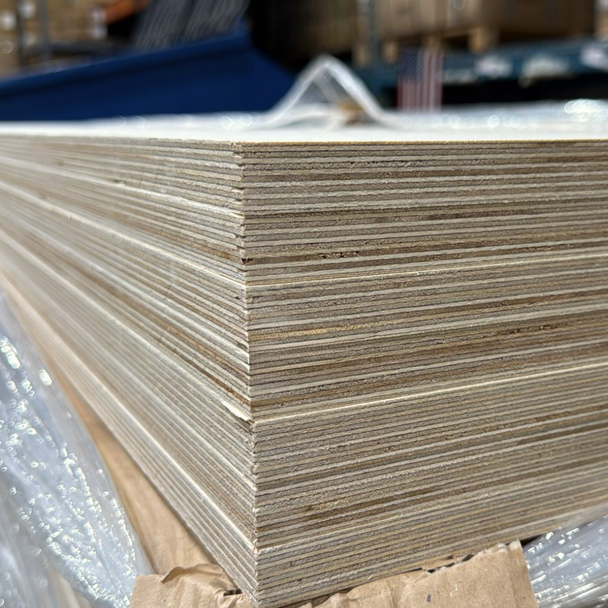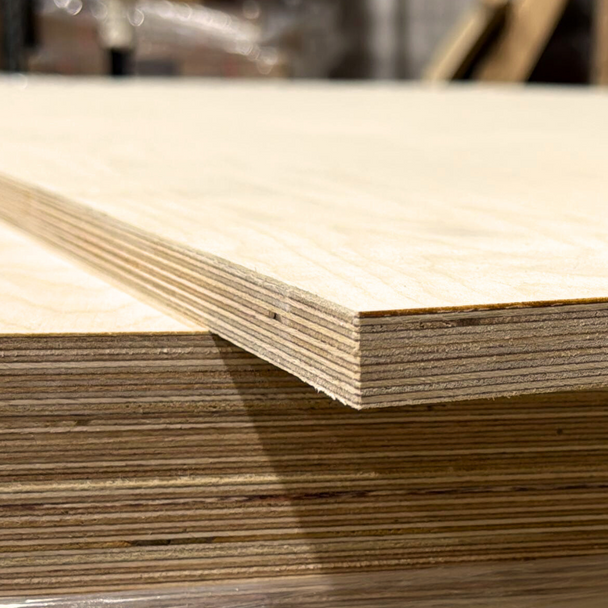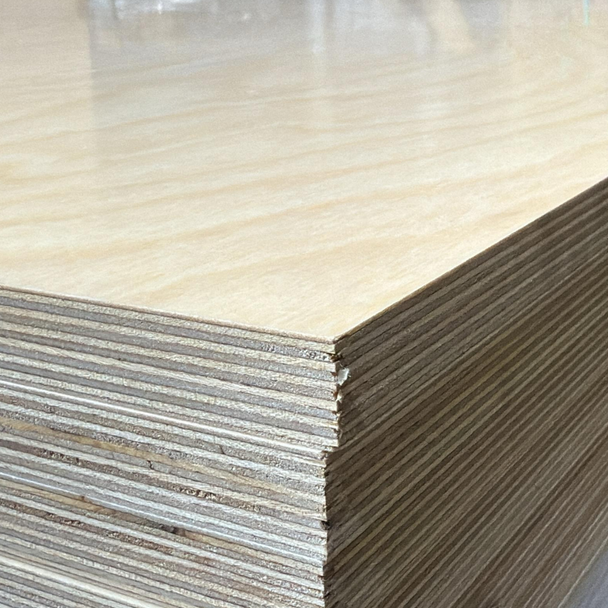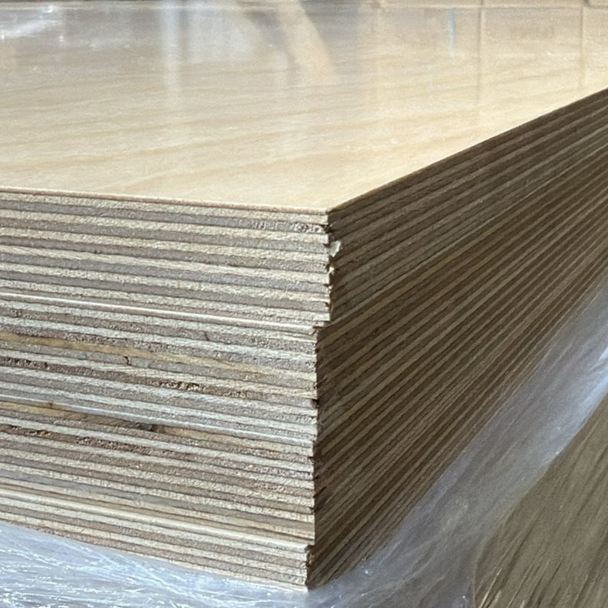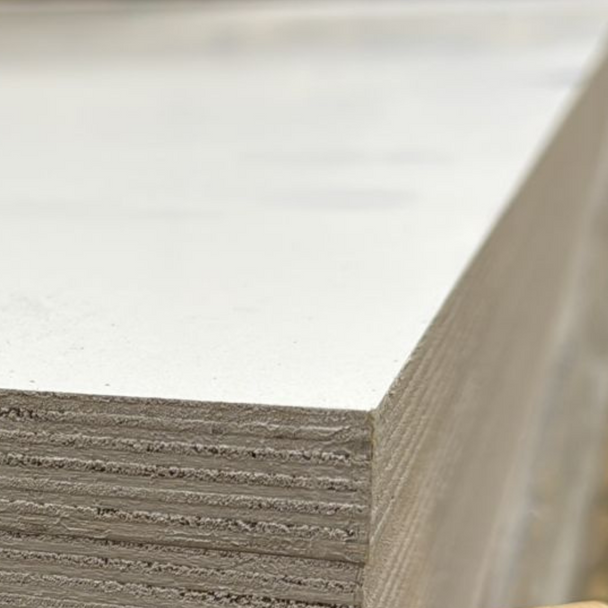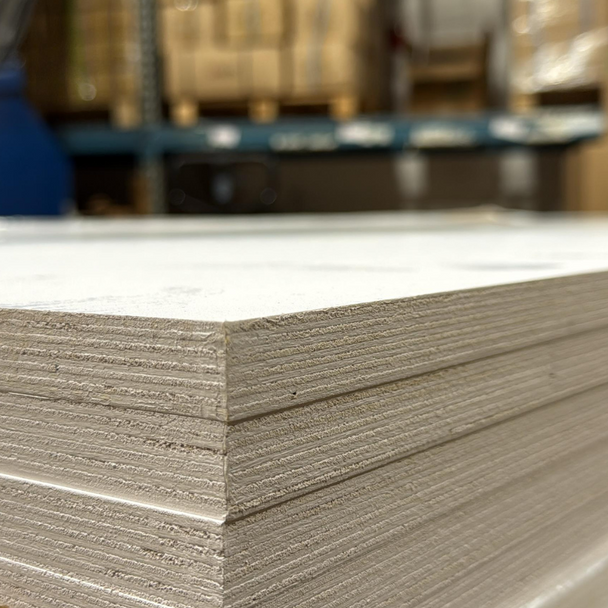Prefinished vs. Unfinished Plywood: What’s the Difference and When to Use Each?
1. Introduction
Plywood stands as a cornerstone material in modern woodworking, prized for its exceptional strength-to-weight ratio and dimensional stability. This engineered wood product consists of multiple thin layers (veneers) pressed together with adhesives, creating a versatile material suitable for countless applications. When embarking on a cabinet-making project, one pivotal decision confronts every craftsperson: whether to utilize prefinished or unfinished plywood. This choice significantly impacts your workflow, project timeline, aesthetic outcomes, and overall costs.
The distinction between these two variants extends far beyond mere surface appearance. Each type offers unique advantages that can either streamline your construction process or enhance your creative flexibility. In this comprehensive guide, we'll dissect the characteristics of both prefinished and unfinished plywood, analyze their comparative strengths and limitations, and provide actionable guidance on selecting the optimal material for your specific woodworking endeavors.
2. What is Prefinished Plywood?
Prefinished plywood represents a time-efficient solution for cabinet makers and contractors seeking ready-to-install materials. This specialized product undergoes a meticulous factory finishing process where manufacturers apply professional-grade sealants, lacquers, or varnishes to the surface under controlled conditions. The result is a sheet material that arrives at your workshop with a completed exterior that requires no additional treatment before installation.
Key features of prefinished plywood include its uniform surface coating, typically UV-cured for exceptional hardness, and precisely finished edges that minimize the visibility of laminated layers. The factory-controlled application ensures a consistently smooth finish without brush marks, drips, or uneven spots that might occur during manual application.
The benefits of selecting prefinished plywood are substantial. The elimination of on-site finishing can reduce project timelines by days or even weeks. The industrial finishing processes create a remarkably durable surface with superior resistance to moisture, stains, and everyday wear. Additionally, the manufacturer-applied finishes often feature UV inhibitors and specialized hardeners that would be difficult to replicate in a workshop environment.
3. What is Unfinished Plywood?
Unfinished plywood arrives in its natural state, devoid of any protective coatings or sealants. This raw wood product presents itself as a blank canvas, with visible grain patterns and natural coloration that await the craftsperson's finishing touch. The material typically requires sanding, sealing, staining, and protective topcoating before being suitable for final installation.
Key features of unfinished plywood include its receptiveness to customization, natural wood appearance, and adaptability to various finishing techniques. The absence of pre-applied coatings means the surface is optimally prepared to accept stains, paints, and specialty treatments without compatibility concerns.
The primary advantage of unfinished plywood lies in its unparalleled versatility. Cabinet makers can implement proprietary finishing techniques, create custom color matches to existing furniture, or apply specialized treatments like cerusing, pickling, or distressing. This flexibility extends to edge treatments as well, allowing for seamless integration with solid wood trim or decorative banding. From a financial perspective, unfinished plywood typically carries a lower initial purchase price, though this advantage may be offset by additional finishing materials and labor costs.
"The choice between prefinished and unfinished plywood often represents a decision between convenience and creative control."
4. Prefinished vs. Unfinished Plywood: Key Differences
Understanding the fundamental distinctions between these two plywood variants can significantly impact your project outcomes. The following comparison illuminates their contrasting characteristics across several critical parameters:
| Characteristic | Prefinished Plywood | Unfinished Plywood |
|---|---|---|
| Surface Appearance | Uniform, sealed, typically glossy or satin | Natural, raw wood with visible grain |
| Initial Cost | Higher upfront investment | Lower material cost |
| Installation Timeline | Immediate installation possible | Requires additional finishing time |
| Customization | Limited to available factory finishes | Virtually unlimited finishing options |
| Edge Treatment | Visible finish line on edges | Seamless edge finishing possible |
| Maintenance | Typically easier to clean and maintain | May require periodic resealing/refinishing |
Regarding workability, prefinished plywood demands more precise cutting techniques to prevent chipping the factory finish. Special saw blades designed for laminated materials are often necessary to achieve clean cuts. Conversely, unfinished plywood proves more forgiving during fabrication, as minor imperfections can be addressed during the subsequent finishing process.
Durability comparisons reveal that factory-applied finishes generally outperform field-applied treatments in terms of hardness and chemical resistance. Industrial UV-cured finishes create a remarkably resilient surface that withstands abrasion, moisture, and household chemicals more effectively than typical workshop applications. However, the capacity to repair damaged surfaces tilts in favor of unfinished plywood, as localized refinishing can be performed without visible demarcation lines that often plague spot repairs on factory-finished surfaces.
5. When to Use Prefinished Plywood
Prefinished plywood excels in numerous applications where installation efficiency and immediate usability take precedence. This variant proves particularly valuable for kitchen cabinet interiors, where its sealed surface resists moisture penetration and facilitates easy cleanup of spills. The factory finish provides enhanced protection against humidity fluctuations that typically occur in culinary environments.
Commercial projects with compressed timelines benefit substantially from prefinished materials, eliminating the considerable downtime associated with on-site finishing. Retail fixtures, office furniture, and hospitality installations can proceed directly from fabrication to assembly without intermediate finishing stages. High-traffic areas particularly benefit from the superior wear resistance of industrial finishes.
Additional scenarios where prefinished plywood represents the optimal choice include:
- Closet systems and storage solutions where consistent interior appearance matters
- Drawer boxes requiring smooth, splinter-free surfaces
- Projects in occupied spaces where finishing odors would be problematic
- Applications requiring chemical or moisture resistance
6. When to Use Unfinished Plywood
Unfinished plywood shines in scenarios demanding aesthetic customization or specialized finishing techniques. Cabinet makers creating bespoke furniture pieces often select unfinished material to achieve precise color matching with existing woodwork or specific design requirements. The ability to apply custom stains, glazes, or multi-step finishing processes enables artisanal expression impossible with prefabricated finishes.
Projects requiring seamless integration between plywood components and solid wood elements particularly benefit from unfinished materials. When edge-banding or solid wood face frames will adjoin plywood panels, starting with unfinished stock allows for holistic finishing that unifies the visual presentation. Additionally, specialized outdoor applications often demand specific water-resistant sealants or UV-protective coatings best applied to raw material.
Unfinished plywood represents the superior choice when:
- Creating furniture pieces requiring color-matched finishes
- Implementing decorative techniques like distressing, antiquing, or cerusing
- Building projects combining plywood with solid wood components
- Seeking maximum value while possessing in-house finishing capabilities
7. Which One Should You Choose?
Selecting between prefinished and unfinished plywood ultimately requires a thoughtful assessment of your specific project parameters. Consider these decisive factors when making your selection:
Project Timeline: If rapid completion stands paramount, prefinished plywood eliminates the considerable time investment of sanding, finishing, and curing. A typical finishing schedule might require 3-5 days for proper application and curing of multiple coats, whereas prefinished materials can transition immediately from cutting to assembly.
Budget Considerations: While prefinished plywood carries a higher initial cost (typically 15-30% premium), the comprehensive calculation must include finishing materials, equipment, and labor hours. For contractors billing hourly, the additional expense of prefinished materials often represents a net saving when considering reduced labor costs.
Available Expertise: Quality finishing requires considerable skill and appropriate facilities. If your workshop lacks proper ventilation, dust control, or finishing experience, the factory-finished option may yield superior results despite the higher material cost. Conversely, cabinet shops with established finishing departments can leverage their expertise with unfinished materials.
Design Flexibility: When exact color matching or specialized finishing techniques form an integral part of your design vision, unfinished plywood provides the necessary flexibility. For standardized applications where the finished appearance is secondary to function, prefinished materials offer consistency without compromise.
Professional cabinet makers often establish a hybrid approach – utilizing prefinished plywood for interior components like cabinet backs, shelving, and drawer boxes, while reserving unfinished materials for visible surfaces that benefit from custom finishing. This strategy maximizes efficiency while preserving aesthetic control where it matters most.
8. Conclusion & Call-to-Action
The distinction between prefinished and unfinished plywood transcends mere surface treatment – it represents a fundamental choice that impacts workflow efficiency, creative control, and project economics. Prefinished options excel in applications demanding immediate installation, consistent appearance, and superior durability without additional processing. Unfinished variants provide unmatched customization potential for craftspeople seeking to implement bespoke finishing treatments or integrate seamlessly with other wooden elements.
Successful cabinet makers understand that neither option universally surpasses the other; rather, each variant offers specific advantages aligned with particular project requirements. By carefully evaluating your timeline constraints, aesthetic objectives, and available resources, you can select the optimal material that balances efficiency with craftsmanship.
At BertaStore, we maintain comprehensive inventories of premium cabinet-grade plywood in both prefinished and unfinished varieties. Our selection encompasses various core constructions, veneer species, and thickness options to accommodate diverse woodworking applications. Whether you're outfitting a commercial space requiring immediate installation or crafting heirloom-quality furniture deserving custom finishes, our knowledgeable team can guide you toward the appropriate materials.
Visit our showroom to examine our extensive plywood collection firsthand, or browse our online catalog to discover the perfect materials for your next cabinetry project. With fast delivery across NJ, NY, PA and beyond, plus volume discounts for professional cabinet makers, BertaStore stands ready to support your woodworking success with exceptional materials and expert guidance.




